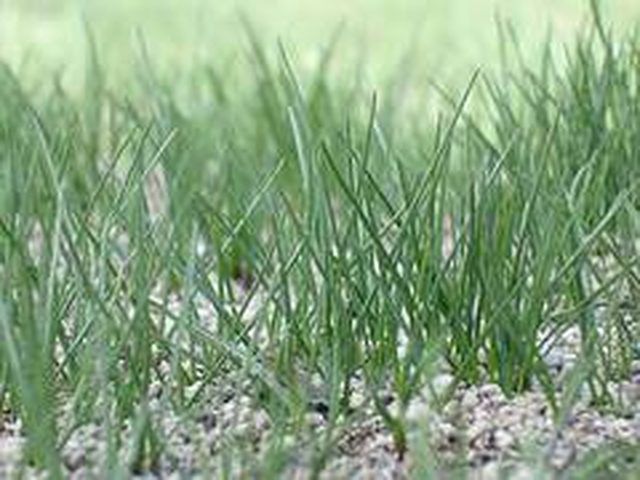Bulbs
Flower Basics
Flower Beds & Specialty Gardens
Flower Garden
Garden Furniture
Garden Gnomes
Garden Seeds
Garden Sheds
Garden Statues
Garden Tools & Supplies
Gardening Basics
Green & Organic
Groundcovers & Vines
Growing Annuals
Growing Basil
Growing Beans
Growing Berries
Growing Blueberries
Growing Cactus
Growing Corn
Growing Cotton
Growing Edibles
Growing Flowers
Growing Garlic
Growing Grapes
Growing Grass
Growing Herbs
Growing Jasmine
Growing Mint
Growing Mushrooms
Orchids
Growing Peanuts
Growing Perennials
Growing Plants
Growing Rosemary
Growing Roses
Growing Strawberries
Growing Sunflowers
Growing Thyme
Growing Tomatoes
Growing Tulips
Growing Vegetables
Herb Basics
Herb Garden
Indoor Growing
Landscaping Basics
Landscaping Patios
Landscaping Plants
Landscaping Shrubs
Landscaping Trees
Landscaping Walks & Pathways
Lawn Basics
Lawn Maintenance
Lawn Mowers
Lawn Ornaments
Lawn Planting
Lawn Tools
Outdoor Growing
Overall Landscape Planning
Pests, Weeds & Problems
Plant Basics
Rock Garden
Rose Garden
Shrubs
Soil
Specialty Gardens
Trees
Vegetable Garden
Yard Maintenance
How to Remove Tall Fescue
How to Remove Tall Fescue. Tall fescue is a type of grass that can either be considered a weed or a desirable lawn grass, depending on the climate in your area and the dominant grass species in your lawn. In drought-prone areas, fescues are added to grass seed mixes. If you are in a rainy area, it is likely that your dominant grass is Kentucky...

Tall fescue is a type of grass that can either be considered a weed or a desirable lawn grass, depending on the climate in your area and the dominant grass species in your lawn. In drought-prone areas, fescues are added to grass seed mixes. If you are in a rainy area, it is likely that your dominant grass is Kentucky bluegrass. It's a simple process to remove tall fescue from a Kentucky bluegrass lawn.
Things You'll Need
Weedkiller
Sod or seed
Shovel
Use either a general purpose weedkiller or a fescue-specific weedkiller. If you choose to use the tall fescue-specific product, simply to apply the chemical to your lawn, according to the package directions. You may need to contact a local lawn care specialist to find a fescue weedkiller.
Use the a general glyphosate weedkiller, such as Roundup, according to the package directions if you cannot find tall fescue specific chemical in your area. Spray the weedkiller only on the patches of grass you wish to kill. A general weedkiller will kill everything the spray touches. Apply it only to the tall fescue clumps.
Wait two weeks, or until the tall fescue patches are completely dry and dead.
Use a shovel to remove the dead patches from your lawn. If you plan to repair the lawn with sod, cutting rectangular patches with the shovel will make your sodding job easier.
Fill the bare spots with either sod or grass seed, water and wait for the lawn to repair itself.